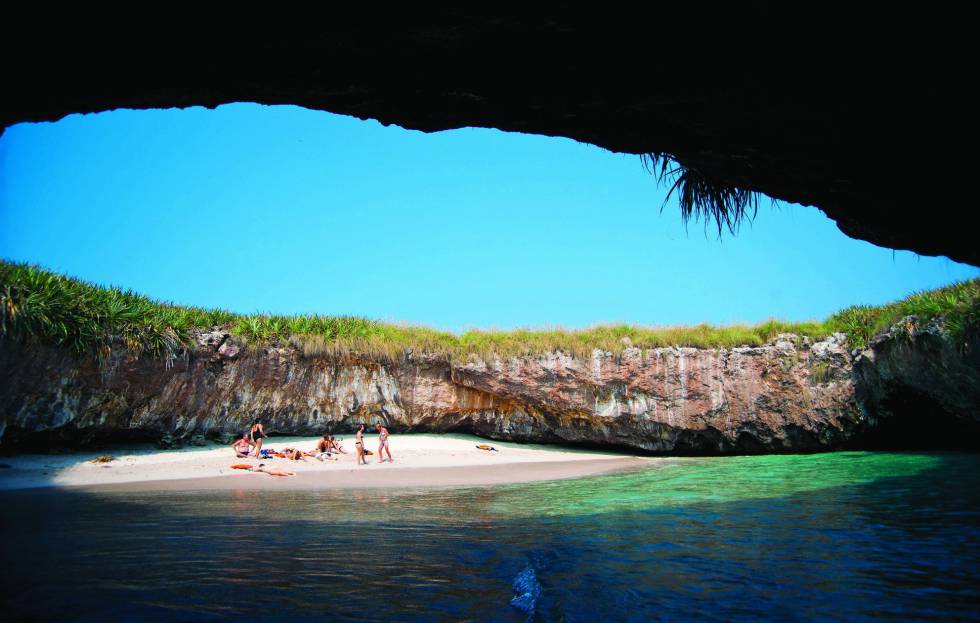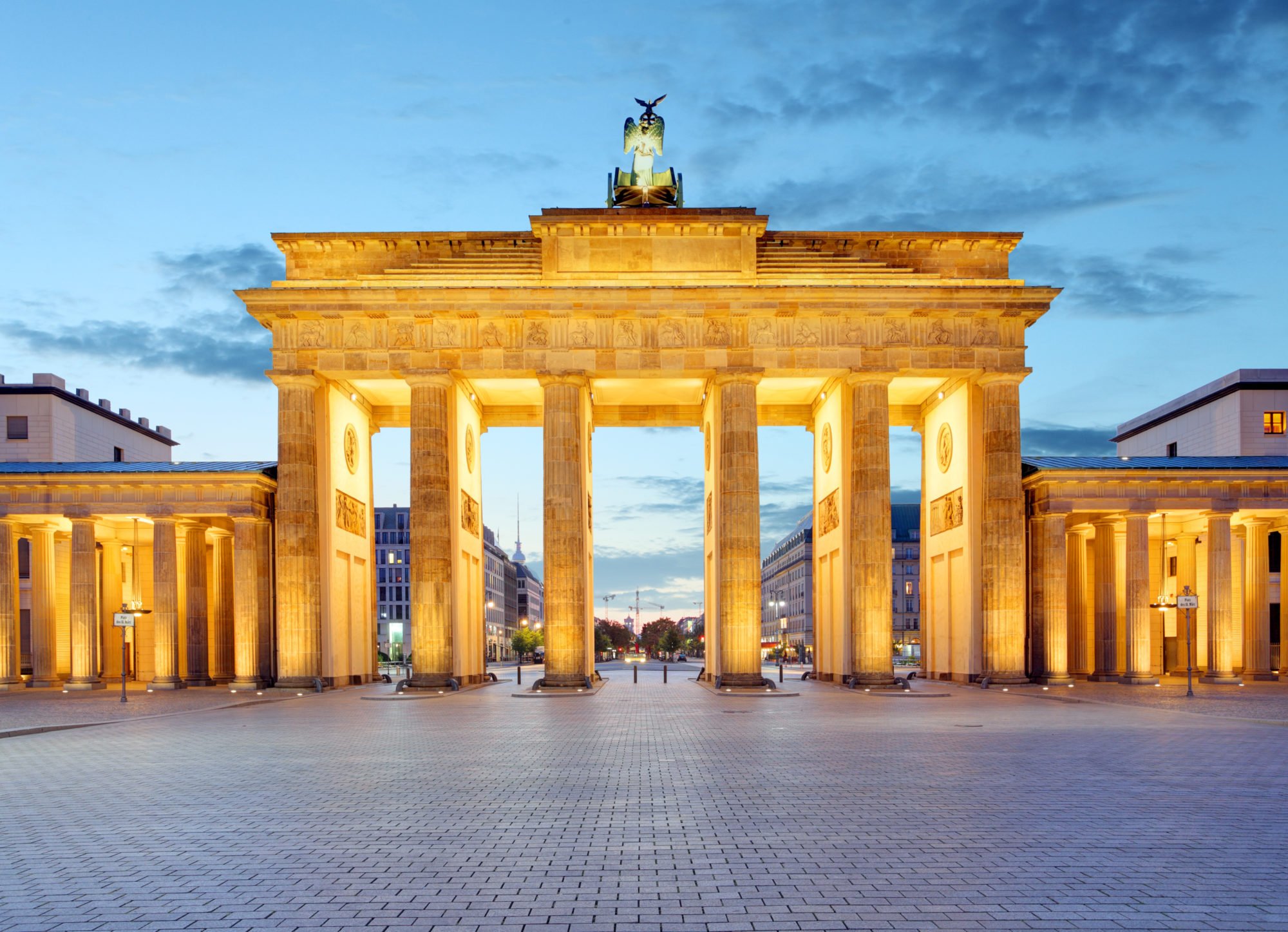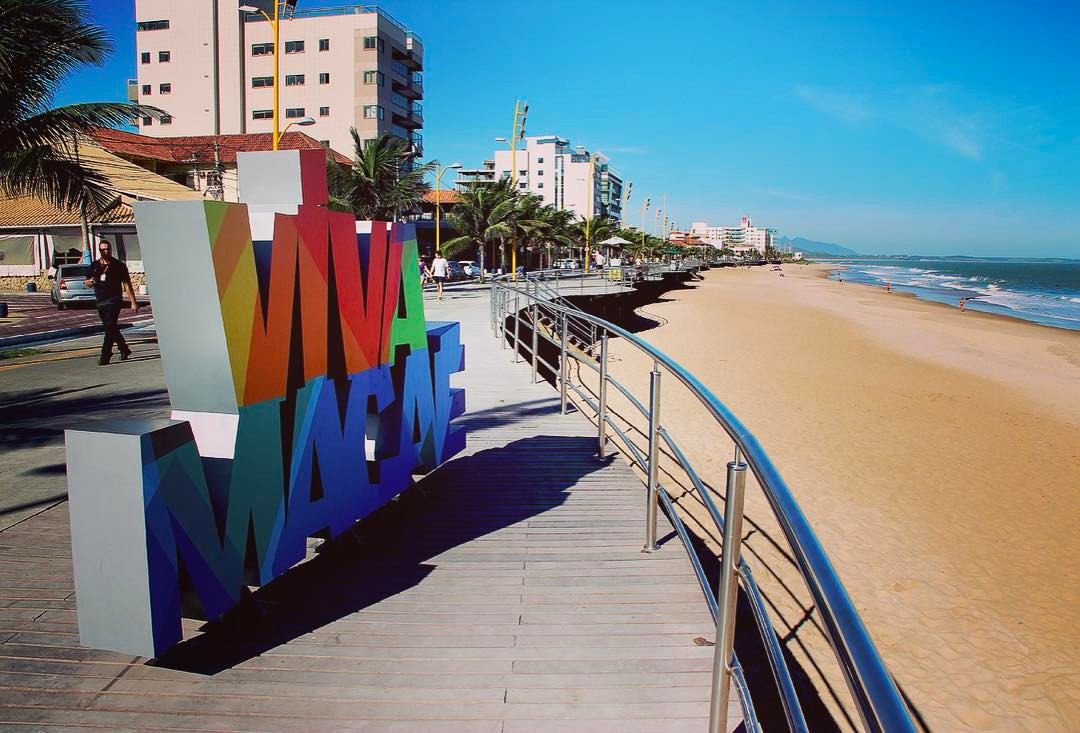Destinos
Turismo no México
Advertisement
tudo: comida deliciosa, todos os tipos de terreno e clima, a riqueza
incomparável de flora e fauna, uma fusão entre tradição e modernização. Há
muito que se visitar neste país.
O Nevado de Toluca, no estado do México
O Nevado de Toluca ou Xinantécatl é um vulcão mexicano localizado no estado
do México, entre os vales de Toluca e Tenango (Valle del Matlatzinco). Está
localizado a 22 km a sudoeste de Toluca, estado do México. Atinge uma
altitude de 4680 metros acima do nível do mar, sendo a quarta formação mais
alta do México e fazendo parte da Cordilheira Neovulcânica Transversal e do
Anel de Fogo do Pacífico.
O Cânion do Cobre, Chihuahua
O Cânion do Cobre é um grupo de 6 diferentes cânions localizados na Sierra
Tarahumara no noroeste do estado de Chihuahua. O sistema cânion é mais
extenso e profundo que o Grand Canyon do Arizona nos Estados Unidos da
América.
O Cânion do Cobre é atravessado pelo a rota do trem do Chihuahua até
Pacífico, conhecida como El Chepe. Na seção Divisadero-Los Mochis, o trem
vai para a montanha para atravessar a geografia acidentada, passa por
precipícios íngremes, cruza túneis curtos e longos e pontes que percorrem rios.
Este é um importante sistema de transporte e uma atração turística.

Las Pozas de Xilitla em San Luis Potosí
Las Pozas é um conjunto arquitetônico e escultórico surrealista criado por
Edward James no município de Xilitla (San Luis Potosí, México). Foi construído
entre 1960 e 1970 como o lar do poeta e patrono inglês, em um terreno de 40
hectares onde construiu 36 estruturas. Predominam neles influências de
diversas correntes artísticas e na maioria as estruturas não tem um fim utilitário
e estão integradas a cascatas e piscinas naturais.
Está localizado a sete horas de carro da Cidade do México e a quatro horas da
capital de Potosí.
Huasteca Potosina em San Luis Potosí
Huasteca é o nome de uma região que compreende o norte do México
Veracruz, sul Tamaulipas, Sierra Gorda de Querétaro e partes dos estados de
San Luis Potosí e Hidalgo. Em muito menor grau, inclui algumas áreas do
estado de Puebla. Esta região foi formada devido à afluência maia por mar ao
território. Tradicionalmente, Huasteca é aceita como a área em que a cultura
Huastec se desenvolveu.
As cachoeiras de Agua Azul em Palenque, Chiapas
A área de proteção de flora e fauna das Cataratas de Água Azul, também
conhecida como Cachoeira de Água Azul, é uma área de proteção da flora e
fauna do México localizada no estado de Chiapas.
As cachoeiras são formadas pelos afluentes dos rios Otulún, Shumuljá e Tulijá,
formando cânions não muito profundos com falésias verticais que dão origem
às suas cachoeiras azuis e brancas. Eles estão localizados ao norte do estado
de Chiapas, no município de Tumbalá, a 64 km da cidade de Palenque. As
águas têm cor azul bonita por causa de sais de carbonatos que são dissolvidos
nelas.
As pirâmides de Chichén Itzá em Yucatán
Chichen Itza, é um dos principais lugares arqueológicos da Península de
Yucatán, localizada no município de Tinum, no estado de Yucatán.
Uma das maravilhas do mundo moderno e a cidade-estado mais importante da
cultura maia, que tem uma rica história em tradições culturais, esta cidade foi
construída com precisão.
A arquitetura maciça que sobreviveu até hoje e é a emblemática do local, tem
uma clara influência tolteca. O deus que preside o local, de acordo com a
mitologia maia, é Kukulcán, representação maia de Quetzalcoatl, deus retirado
do panteão da cultura tolteca.
Museu de Arte Subaquática de Cancun, Quintana Roo
O Museu de Arte Subaquática ou MUSA é um museu localizado sob o mar do
Caribe mexicano, em Cancun e Isla Mujeres. Foi fundada em 2009 pelo Dr.
Jaime González Cano, diretor do Parque Nacional Costa Occidental de Isla
Mujeres, Punta Cancún e Punta Nizuc; Roberto Díaz Abraham, ex-presidente
da Nautical Associates of Cancun (ANC); .Em novembro de 2010 foi feita a
inauguração oficial da obra que gera mais de 36 milhões de dólares por ano em
turismo.
As pirâmides de Teotihuacán, no estado do México
Teotihuacán é o nome dado a uma das maiores cidades pré-hispânicas da
Mesoamérica. O nome do lugar é de origem náuatle e foi utilizado pelos
mexicanos para identificar esta cidade construída por uma civilização antes
deles que já estava em ruínas quando os mexicanos viram pela primeira vez.
Até hoje, o nome dado pelos habitantes originais é desconhecido. Os restos da
cidade estão localizados a nordeste do Vale do México, nos municípios de
Teotihuacan e San Martin de las Pirámides, no México, a aproximadamente 45
quilômetros do centro da Cidade do México. A área de monumentos
arqueológicos foi declarada Patrimônio da Humanidade pela UNESCO em
1987.
You may also like

Não deixe essa chance escapar: descontos para a América Latina por tempo limitado!
Gaste menos viajando pelos países da América Latina. Aproveite pacotes e passagens com descontos de até 60% OFF!
Keep Reading



